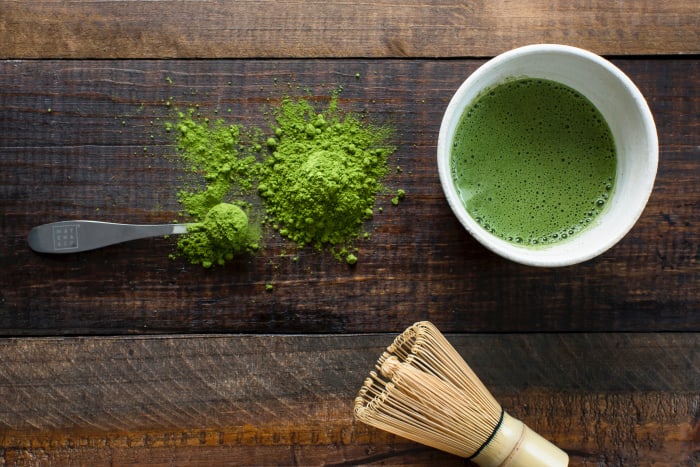
Our understanding of fat has changed enormously over the past few years. First, we learned that, despite what all those high-priced, low-fat snack foods would have us believe, dietary fat does not equal body fat (calories do – as Jillian Michaels tells Organic Authority). Then, we learned that there were multiple kinds of dietary fat, including “bad” trans fats and “good” polyunsaturated fats (in avocado, olive oil, and more).
But now a new study1 – the largest of its kind conducted in humans – has confirmed that dietary fat isn’t the only one that boasts different categories within a larger whole. Body fat, too, can be broken into good fat and bad fat – and the good could save your life.
Body fat is an all-too-frequent woe. While many spend an inordinate amount of time and energy trying to rid their bodies of fat, some adipose tissue is necessary for health, particularly for women.
But not all fat is created alike. As opposed to white fat – aka the stubborn kind most of us feel we could stand to lose a bit of – brown fat is more metabolically active.
Composed of higher amounts of mitochondria (if you don’t know what mitochondria is, read, 5 Ways to Keep Your Mitochondria Healthy and Strong), brown fat helps maintain body temperature by producing heat, according to MyNetDiary’s Registered Dietitian, Sue Heikkinen who has 20+ years’ experience providing nutrition counseling and education.
A study, published in Nature Medicine, has also affirmed the link between brown fat and improved cardiac and metabolic health. 1
Scroll to Continue
From the Organic Authority Files
We’ve known for a while now that brown fat is better for our health than white fat, and we know it’s more prevalent in babies than adults. Experts have been divided over whether we can produce more of it into adulthood, and evidence in favor of either hypothesis is a bit thin on the ground.
Why? Because brown fat is only detectable using PET scans, which require radiation and could therefore be dangerous. This new study skirted this issue by examining brown fat in individuals who were already undergoing these tests in the context of routine cancer evaluations – and their conclusions were promising indeed.
Data from more than 50,000 patients allowed researchers to correlate the presence of brown fat with a lower prevalence of chronic diseases and type 2 diabetes.
“While obesity is generally associated with decreased brown fat function, those obese individuals who retain brown fat activity appear to be protected against conditions linked to excess weight,” the researchers write in the study. “This notion further supports the potential of brown fat as a therapeutic target beyond weight loss itself, but as a means to uncouple obesity from disease.”
And study researcher Paul Cohen notes that these results have led the experts to consider the possibility that brown fat “does more than consume glucose and burn calories.” To wit, he says, it is possible that brown fat “perhaps actually participates in hormonal signaling to other organs.”
How to Produce More Mitochondria-Rich Brown Fat
While the science is still out on exactly how to increase production of brown fat, here are three ways that you can start.
1. Cold Therapy
2. Alternate-Day Fasting

Image via Unsplash/Chris Ralston
3. Consume the Right Foods to Help Brown Fat Activity

Related on Organic Authority
5 Ways You’re Already Biohacking Your Body Even if You Don’t Know What It Is
Does Intermittent Fasting Really Promote Weight Loss?
3 Ways to Activate Autophagy – the Natural Process by Which the Body Rejuvenates Itself
Sources
1. https://www.nature.com/articles/s41591-020-1126-7
2. https://www.sciencedaily.com/releases/2016/02/160216181706.htm
3. https://pubmed.ncbi.nlm.nih.gov/26147760/
4. https://www.ncbi.nlm.nih.gov/pmc/articles/PMC5668683/
creditSource link






